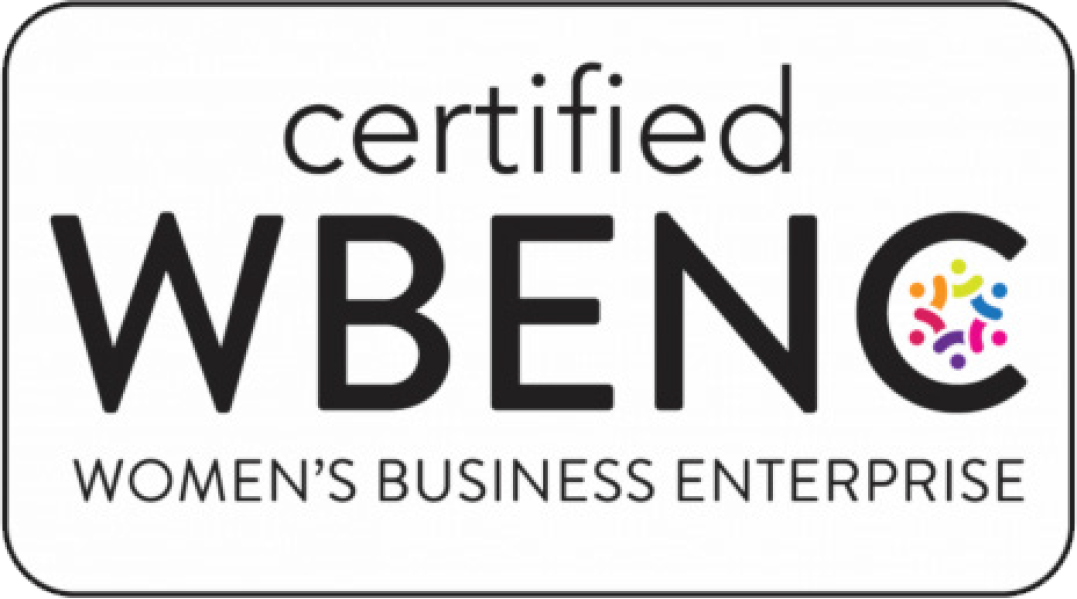You’re at the starting line. The countdown begins. Look to your left and see a Ferrari. Look to your right and see a Lamborghini. Look at your steering wheel and you see the Honda logo of your rinky-dink 1985 CRX.
Let’s face it. Not all marketing campaigns are Jaguars and Ferraris. Some are 1985 Honda CRX’s. No CRX can beat a Lamborghini in a straight line. But how fast it is and how well it handles will surprise you every time.
This little car is streamlined. There are no heated seats or automatic windows. No bells and whistles. That makes it incredibly lightweight, which means it can go farther, faster than anyone would expect.
If you are a nonprofit, odds are your marketing budget is very limited. You need every dime to get you to Point B, your marketing goal, as effectively as possible.
So how do you build your marketing campaign, your Honda CRX, to make it to the finish line? Where can you cut corners without losing something integral? Where do you need to put the most into your budget?
Here are some tips and tricks I’ve picked up while working on dozens of marketing campaigns for non-profit organizations.
Find outside help
As most nonprofits are understaffed and employees don’t specialize in marketing, some of your budget will probably need to go toward paying an agency or contractors. Someone on the board may know a contractor who can cut you a rate. Or you may approach an agency with a non-profit rate.
A small caveat: contractors and agencies have set rates in order for them to make a profit. Though it may still seem like a lot of money, the non-profit rate means that they are making little to no money on the project. Oftentimes, agencies even lose money on these projects. So why do they do it? Most of the time, they do it because they care. It’s a good cause they believe in, or they want to help out a friend. Please keep this in mind when you interact with the agency or contractor. They could be making more money on a project, but they chose to work with you.
Value expertise
Great nonprofits value experience and expertise. Bring in outside opinions as early in the process as possible to get the most from your experience and ensure your contractors or agency understand your goals. Carefully consider and be open to the advice of marketing professionals, even if it’s outside of the norm.
Use one point of contact
Using one point of contact can streamline your campaign and greatly cut down on cost. If the board can agree on one employee to be the contact and rely on that person to handle the details, it will make the process much smoother.
I once managed a project for a nonprofit during which I needed to email eight people in order to get approval on a website to launch. I needed to make eight sets of changes, which, at times, were conflicting. With no filter for the changes, each one seemed as important as the last. This process can take many hours and waste a big chunk of a marketing budget.
Manage board perception
Make any changes to the message or run it by the board prior to the design phase, if there is one.
At the point when you show the designed product to the board, you’ll have already put in the time to strategize and you’ll be happy with the product. When you present it again, frame the presentation as if it is nearly complete. You just want to show it to them for final approval to make sure everything looks in order.
Some managers will show the board a campaign, after managing it for many months, and open it up to critique. Anyone can ask for any changes they want, including completely changing the concept. As you can imagine, a campaign can easily become bloated. Keep the project in scope by presenting the work as if it just needs final tweaks.
Minimize meeting time
Most agencies will charge an hourly rate for meeting time. Try to keep meetings to a minimum to save money and time. If you can, email rather than call. Call rather than meet in person.
Marketing campaigns for nonprofits have their own set of unique challenges. Your campaign may never be a Ferrari, but if you do it right, it can be a streamlined, effective, efficient machine like the Honda CRX.
You’re at the starting line. The countdown begins. Look to your left and see a Ferrari. Look to your right and see a Lamborghini. Look at your steering wheel and you see the Honda logo of your rinky-dink 1985 CRX.
Let’s face it. Not all marketing campaigns are Jaguars and Ferraris. Some are 1985 Honda CRX’s. No CRX can beat a Lamborghini in a straight line. But how fast it is and how well it handles will surprise you every time.
This little car is streamlined. There are no heated seats or automatic windows. No bells and whistles. That makes it incredibly lightweight, which means it can go farther, faster than anyone would expect.
If you are a nonprofit, odds are your marketing budget is very limited. You need every dime to get you to Point B, your marketing goal, as effectively as possible.
So how do you build your marketing campaign, your Honda CRX, to make it to the finish line? Where can you cut corners without losing something integral? Where do you need to put the most into your budget?
Here are some tips and tricks I’ve picked up while working on dozens of marketing campaigns for non-profit organizations.
Find outside help
As most nonprofits are understaffed and employees don’t specialize in marketing, some of your budget will probably need to go toward paying an agency or contractors. Someone on the board may know a contractor who can cut you a rate. Or you may approach an agency with a non-profit rate.
A small caveat: contractors and agencies have set rates in order for them to make a profit. Though it may still seem like a lot of money, the non-profit rate means that they are making little to no money on the project. Oftentimes, agencies even lose money on these projects. So why do they do it? Most of the time, they do it because they care. It’s a good cause they believe in, or they want to help out a friend. Please keep this in mind when you interact with the agency or contractor. They could be making more money on a project, but they chose to work with you.
Value expertise
Great nonprofits value experience and expertise. Bring in outside opinions as early in the process as possible to get the most from your experience and ensure your contractors or agency understand your goals. Carefully consider and be open to the advice of marketing professionals, even if it’s outside of the norm.
Use one point of contact
Using one point of contact can streamline your campaign and greatly cut down on cost. If the board can agree on one employee to be the contact and rely on that person to handle the details, it will make the process much smoother.
I once managed a project for a nonprofit during which I needed to email eight people in order to get approval on a website to launch. I needed to make eight sets of changes, which, at times, were conflicting. With no filter for the changes, each one seemed as important as the last. This process can take many hours and waste a big chunk of a marketing budget.
Manage board perception
Make any changes to the message or run it by the board prior to the design phase, if there is one.
At the point when you show the designed product to the board, you’ll have already put in the time to strategize and you’ll be happy with the product. When you present it again, frame the presentation as if it is nearly complete. You just want to show it to them for final approval to make sure everything looks in order.
Some managers will show the board a campaign, after managing it for many months, and open it up to critique. Anyone can ask for any changes they want, including completely changing the concept. As you can imagine, a campaign can easily become bloated. Keep the project in scope by presenting the work as if it just needs final tweaks.
Minimize meeting time
Most agencies will charge an hourly rate for meeting time. Try to keep meetings to a minimum to save money and time. If you can, email rather than call. Call rather than meet in person.
Marketing campaigns for nonprofits have their own set of unique challenges. Your campaign may never be a Ferrari, but if you do it right, it can be a streamlined, effective, efficient machine like the Honda CRX.


